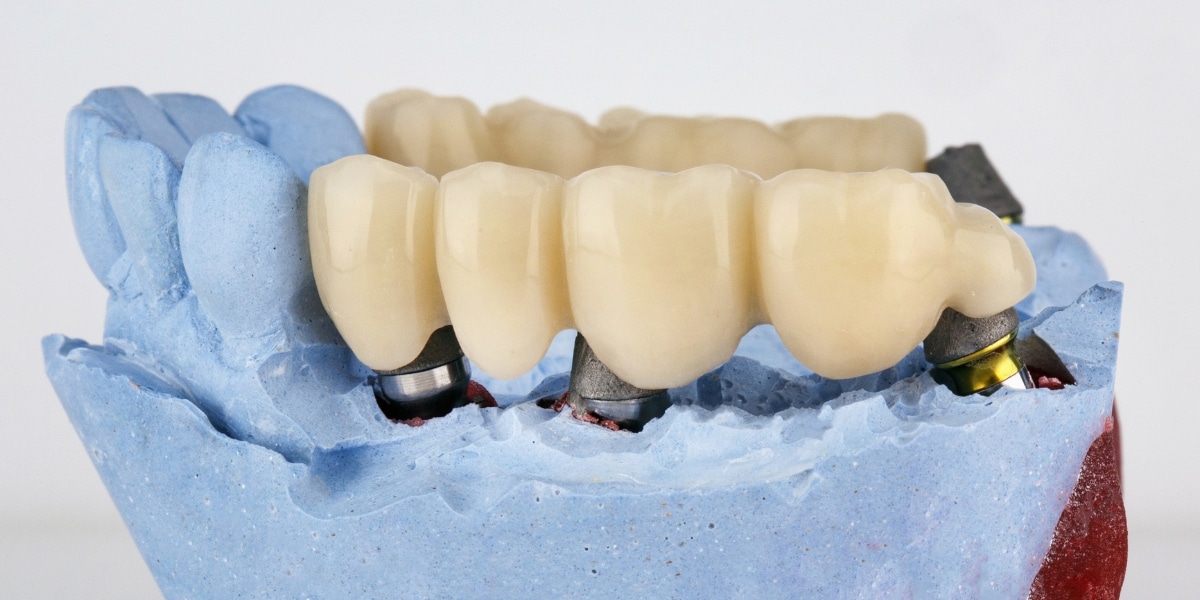Ever noticed a hard, yellowish substance building up between your teeth and along your gums?
That’s not just plaque—it might be a calculus bridge.
Calculus bridges are tough, hardened deposits of tartar that form when plaque isn’t properly removed. They can span multiple teeth and pose serious threats to your oral health. Left untreated, these bridges can lead to gum disease, tooth decay, and even tooth loss.
But don’t worry—it’s never too late to take control of your dental health. Understanding what a calculus bridge is, how it forms, and the steps to prevent or treat it will help you keep your smile healthy.
In this blog, we’ll break down everything you need to know about calculus bridges, from their causes to effective treatments and how you can avoid them altogether. Let’s dive in!
How Does a Calculus Bridge Form?
A calculus bridge forms when plaque, a sticky film of bacteria, isn’t properly removed from teeth. Over time, plaque hardens into tartar (calculus), which firmly attaches to the tooth surface. Once tartar forms, it can’t be removed by regular brushing or flossing and requires professional cleaning.
Poor oral hygiene is the most common cause, but several other factors contribute:
- Diet: High-sugar and starchy foods increase plaque production.
- Smoking: Nicotine speeds up tartar formation and causes gum damage.
- Health conditions: Diabetes and dry mouth make it easier for plaque to form.
Common Signs and Symptoms
A calculus bridge often goes unnoticed in its early stages, but certain signs can help you identify it before it worsens.
Physical signs include:
- Visible tartar: A hardened, yellowish deposit that bridges several teeth.
- Bad breath: Persistent bad breath despite brushing.
- Gum inflammation and bleeding: Red, swollen gums that bleed during brushing or flossing.
- Tooth sensitivity: Increased sensitivity to hot or cold due to gum recession.
The Dangers of Ignoring a Calculus Bridge
Ignoring a calculus bridge can lead to severe oral health problems. One of the primary dangers is the development of gum disease.
- Gingivitis: The early stage of gum disease causes inflammation and bleeding.
- Periodontitis: Untreated gingivitis can advance to periodontitis, where the gums pull away from teeth, leading to bone loss.
- Tooth decay: Tartar buildup harbors bacteria, increasing the risk of cavities and decay.
- Tooth loss: Severe tartar can destroy bone and tissues that support teeth.
Research has shown connections between gum disease and heart disease, diabetes, and respiratory problems. Protecting your oral health means protecting your overall well-being.
How Is a Calculus Bridge Treated?
Treating a calculus bridge requires professional dental intervention. Unlike plaque, you can’t remove tartar at home with regular brushing.
Here’s how it’s treated:
- Scaling: A dentist or dental hygienist uses special instruments to scrape away tartar from teeth and beneath the gum line.
- Root planing: This deep cleaning technique smooths the roots to help gums reattach to teeth.
- Advanced treatments: In severe cases, treatments like laser therapy or gum surgery may be necessary to remove tartar and repair gum damage.
Prevention: Keeping Your Teeth Free from Calculus Buildup
Prevention is always better than treatment when it comes to calculus bridges. Here are practical ways to keep your teeth free from calculus:
- Brush twice a day: Use a toothbrush with soft bristles and fluoride toothpaste to clean every surface of your teeth.
- Floss daily: Flossing removes plaque from areas that brushing can’t reach, especially between teeth.
- Use tartar control products: Mouthwash and toothpaste specifically designed to fight tartar can help prevent buildup.
- Regular dental checkups: Schedule cleanings every six months to remove tartar before it becomes a problem.
- Lifestyle changes: Eating a balanced diet low in sugar and quitting smoking can significantly reduce plaque formation.
When to Seek Professional Help?
It’s important to know when to seek professional help for a calculus bridge. While regular cleanings are necessary, certain signs should prompt an immediate visit to your dentist.
You should seek professional help if:
- Noticeable tartar: If you see visible tartar or feel rough spots on your teeth, it’s time for a cleaning.
- Gum discomfort: If your gums are red, swollen, or bleed frequently, you may need more than just a routine cleaning.
- Regular cleanings: Make sure to visit your dentist for routine checkups, even if you don’t notice any symptoms. Dentists can detect early signs of gum disease or tartar buildup that you may miss.
Taking care of your teeth and preventing calculus buildup can save you from future dental problems. A calculus bridge can sneak up on you, but with good oral hygiene and regular dental checkups, you can prevent it from becoming a serious issue. By staying proactive and seeking professional help when needed, you protect not just your smile but your overall health. Don’t let calculus bridge the gap between you and good oral health—act today to keep your teeth healthy and strong!




